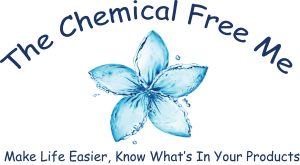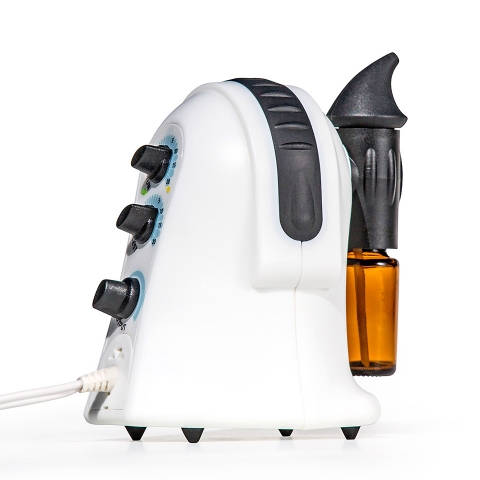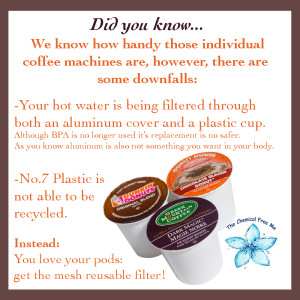Toxins From Candles
The holidays and scented candles seem to go hand and hand. It may be the ability to reminisce and bring back childhood memories with certain holiday scents. It may be the default hostess gift for your local 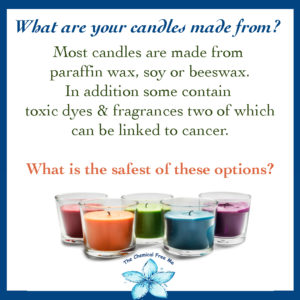 gatherings, or that you just like the cozy feeling candles can bring during winter months. Whatever the reason be sure to think twice about what candles you are buying or lighting them this year.
gatherings, or that you just like the cozy feeling candles can bring during winter months. Whatever the reason be sure to think twice about what candles you are buying or lighting them this year.
Why does it matter?
Candles made from Paraffin, create benzene and toluene along with acetone when they are burned. These are known carcinogens. In addition, most are created with toxic fragrances that emit additional toxins in to the air when burned. Breathing in these toxins can affect the central nervous system, as well as cause headaches, drowsiness and aggravate allergies and asthma. Studies show that candles do not need to be lit to emit toxins in your home. Wicks that contain heavy metals can contribute further to the pollution.
What are your Options?
Moving away from paraffin wax candles leaves you with beeswax or soy candles. Not all soy or beeswax candles are created equal. Many companies carry “pure” beeswax or soy and in the United States that can mean 51%. That leaves you with 49% of toxic paraffin in your candles. Be sure to read your label to find the phrase “100% pure beeswax or soy”.
GMO’s
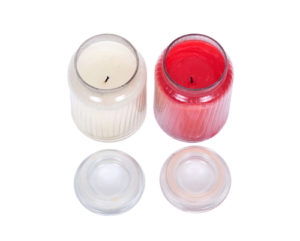 Looking further at soy candles, you should know they may also contain many artificial fragrances and dyes. Unfortunately GMO’s come into play here as well. More than 90% of soy is genetically modified, Purchasing a soy candle, is supporting the production of GMO’s.
Looking further at soy candles, you should know they may also contain many artificial fragrances and dyes. Unfortunately GMO’s come into play here as well. More than 90% of soy is genetically modified, Purchasing a soy candle, is supporting the production of GMO’s.
What about beeswax candles?
If you practice a vegan lifestyle this is a no. If you are not-beeswax candles are the safest and most natural candle choice and actually include some benefits. Beeswax candles are a natural air cleaner. Beeswax candles won’t go rancid like soy candles can. People with allergies and asthma have reported improvement with the burning of beeswax candles. Burning beeswax supports the beekeepers. Keep in mind, we need honey bees to pollinate food crops.
What are your options?
Knowing paraffin candles were toxic, I assumed soy candles and beeswax candles were created equally. Since I am very against GMO’s I would skip the soy candles at this point. If you are also vegan that would rule out beeswax. My personal option is an essential oil diffuser. There are no risks of having flames anywhere. You get the emotional and aromatic benefits of the scents without including any of the toxins.
